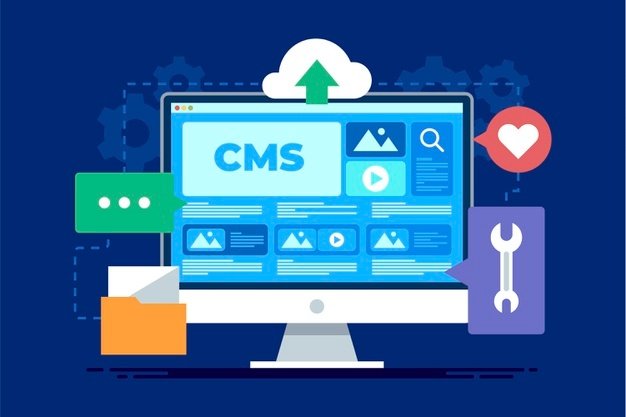The “No-Code” Myth
Blog: ProcessMaker Blog
Believe it or not, to launch a simple word processor, you used to have to type in a command. It started a little something like this:
C:
Now, we’re so used to clicking and tapping colorful icons to get the job done. For many of us, the concept of controlling our computers with long command strings seems medieval.
The premise has moved into all aspects of computing, masquerading code with more appealing, easy-to-use window-dressing. Through the marketing bullhorn, we now know it as “no-code,” a term that is polarizing if taken at face value. Why? Some skeptics believe “no-code” suggests the end of days for coders.
This couldn’t be further from the truth—”no-code” doesn’t banish code; it simply allows users to perform actions using attractive visuals. No-code platforms alchemize JavaScript, C, and even markup languages like HTML into buttons we can push and blocks we can drag and drop. But behind the curtain still churns traditional programming languages; they’re just out of sight from the typical user.
How no-code is transforming all industries
At its core, no-code applications democratize software development so everyone can pitch in more easily. Like their low-code counterparts, these user-friendly apps break down the barriers to entry and are becoming increasingly common in all industries:
- Marketers and everyday social media users can design flashy, professional-looking graphics in Canva—an exercise that used to require at least elementary PhotoShop knowledge.
- Interested in opening an online shop? Sign up for a Shopify account, and you can create a beautiful storefront within a few days.
- Want to try your hand at designing a video game? Earlier this year, Nintendo launched Game Builder Garage, where players can drag and drop elements and connect a vast library of actions to program their very own game.
- More complex no-code, or low-code workflow platforms such as ProcessMaker, invite business users to click and slide blocks that trigger API connectors, secure signature requests, photo uploads, data validators, and more.
No-code welcomes non-programmers into the fold with far less intimidating interfaces. They transform hundreds of code lines into an exercise that mirrors how easy it is to plop a fade transition into a PowerPoint presentation or add an image into an email campaign builder.
Busting 2 Common No-Code Myths
Doubtful of how no-code can fit into your development cycle? Let’s debunk two common myths of no-code use.
Myth #1: Professional developers don’t need no-code components
IT and software development teams are bearing the brunt of the digital revolution. Their project queues are more stacked than ever, from building and maintaining complex databases to minor tasks like adding an input field to online submission forms.
No-code tools can help developers complete tickets 2–3x faster than traditional coding methods. Plus, marketers, HR executives, and sales teams can take care of the softball tasks, allowing more advanced programmers to focus on complex projects.
Myth #2: No-code eliminates the need for developers
With a no-code platform, the software creator defines what the user can and cannot achieve. On the other hand, a learned programmer can create anything from the ground up. Organizations are still whizzing with ad-hoc requests and customization needs that only a trained programmer can satisfy. For most enterprises, low-code solutions will be more flexible.
“Code” isn’t going anywhere. No-code and low-code platforms simply paint a graphic layer on top of programming languages that used to stand as a roadblock to creating software and other digital assets. By welcoming no-code into your software portfolio, you can open new opportunities for your organization as a whole.
The post The “No-Code” Myth appeared first on ProcessMaker.
Leave a Comment
You must be logged in to post a comment.








